What textbooks are best for learning Japanese? Let's choose the best textbook for you.
There are many guides for learning Japanese. And if you are just starting to learn Japanese, you may have an important question: "Which allowance to stop?" Today I want to review the textbooks and manuals that I myself have come across, which I have directly dealt with, or which I teach in online courses.
Japanese textbooks. What are there?
First of all, textbooks can be divided into two categories:
- Russian textbooks,
- Japanese textbooks.
Japanese textbooks I like it more because there are more real, lively dialogues and texts, words are closer to reality. In any case, it is very important that the textbooks (no matter if they are Japanese or Russian) include Japanese authors.
Russian textbooks often more comfortable emotionally. For example, that everything is explained in your own language. And if you are bad with other languages, Russian textbooks will be more convenient for you. Another plus of Russian textbooks is a clear explanation of grammar. Because in a foreign language, the explanation of grammar can be incomprehensible.
So, actually, I have a lot of textbooks. I will probably prepare a separate review for each textbook. Now I will try to briefly describe the pros and cons of each textbook, and read more in the following issues.
Russian Japanese textbooks
1. Japanese textbook, edited by I.V. Golovnina
Let's start with the textbook that I studied at RUDN University (Peoples' Friendship University). This is a textbook I.V. Golovnina. It has 4 parts: for beginners and advanced.
Pros of this tutorial:
- detailed explanation of grammar and many grammatical nuances,
- great attention to the set of vocabulary and the study of hieroglyphs.
Of the minuses:
- This is explained in scientific terms and to an unprepared person the first time such an explanation may seem rather difficult.
- In addition, the texts themselves are already morally obsolete. Here you can find texts about the revolution in France, about engineers, and, accordingly, they are very far removed from the reality of the Japanese language.
Those. this textbook is good for learning grammar, but I would advise you to use other textbooks.
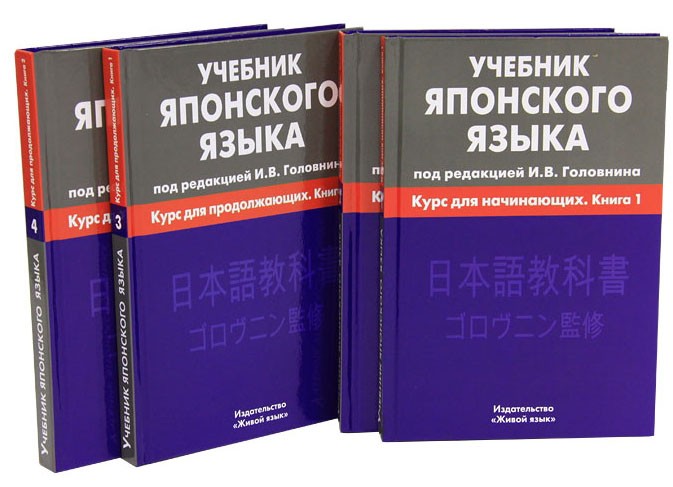
2. Golomidova M., "Japanese for children"
The next tutorial is . I used this textbook when I was 16 years old. I just had an interest in the Japanese language, and I made the first independent attempts to learn it. I would not say that this is a professional textbook and you will go far with it.
But benefits of this tutorial in that everything is very simply explained here, in simple words, for children. Here you can draw all sorts of different pictures.
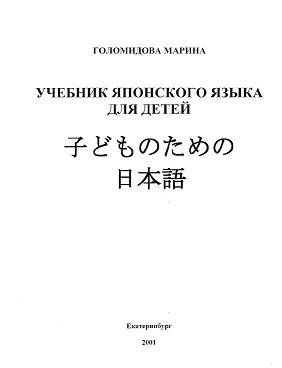
3. Nechaeva L.T., "Japanese language"
Another textbook. It is used in many courses and also in institutes. It also has several parts for beginners and advanced. Here, for example, phonetics for hieroglyphs are given very well, there are words, texts, even a disk for it. A lot of exercises, which is useful for practicing grammar. The grammar itself is very well explained. But the texts here, as in many Russian textbooks, are cut off from life. And also not always a successful selection of hieroglyphs is given.
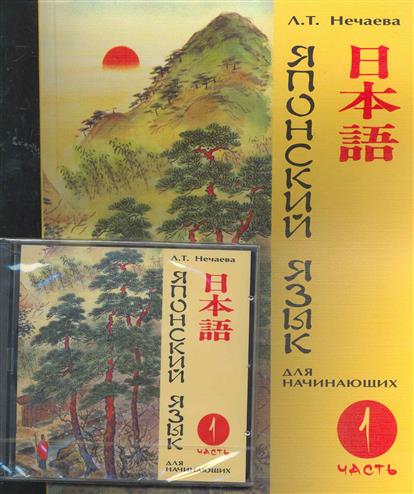
4. Sheftelevich N.S. and Strugova E.V., "We read, write, speak Japanese"
The next Russian textbook is N.S. Sheftelevich's textbook. and Strugova E.V. "Reading, writing, speaking Japanese." It has several parts. There are even prescriptions. Also a good textbook for learning grammar: there are exercises, there are hieroglyphs, various texts, dialogues, a disk. In general, a very good textbook.
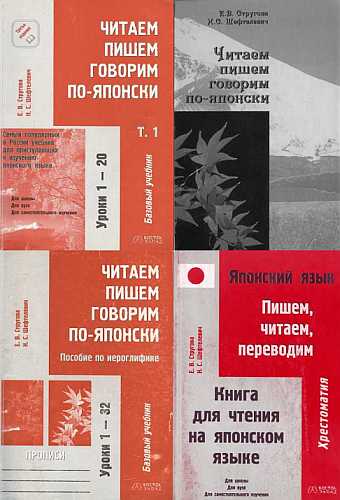
Japanese textbooks from Japanese authors
1. Minna no nihongo
And yet, I prefer Japanese textbooks, about which I will also tell now.
The textbook that I like the most and use in my online courses is the Minna no nihongo textbook. What I like about it is that:
- He has a lot of different add-ons. For example, essay writing supplement.
- There is a separate book on hieroglyphics.
- There is a book to read, there is a lot to listen to.
- There is even a grammatical commentary in Russian.
Thus, thanks to these additions, you can develop both writing characters, and reading, and listening - and many other skills that are important for the Japanese language. Moreover, all the texts in this textbook are as close to reality as possible.
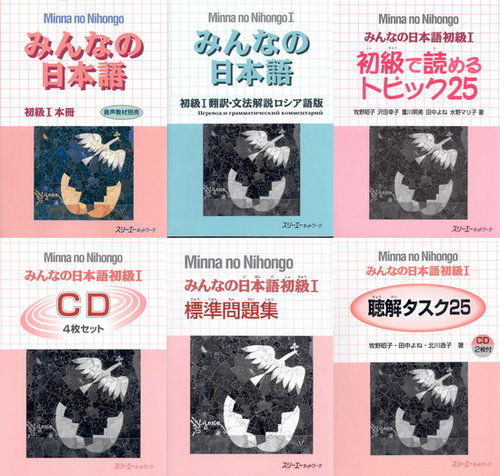
2. Genki
And another good textbook, which is used in language schools in Japan - "Genki". It also has many expansions and editions, just like Minna no nihongo. And I can recommend it to you too.
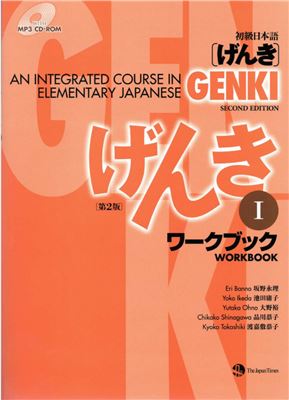
That's all. For each textbook, I will try to prepare separate detailed reviews. So you can get to know them in the future.
What textbooks do you use or have you used? Which ones do you like the most?
One of the topics covered in the textbooks, you can go through with us, namely, ..



